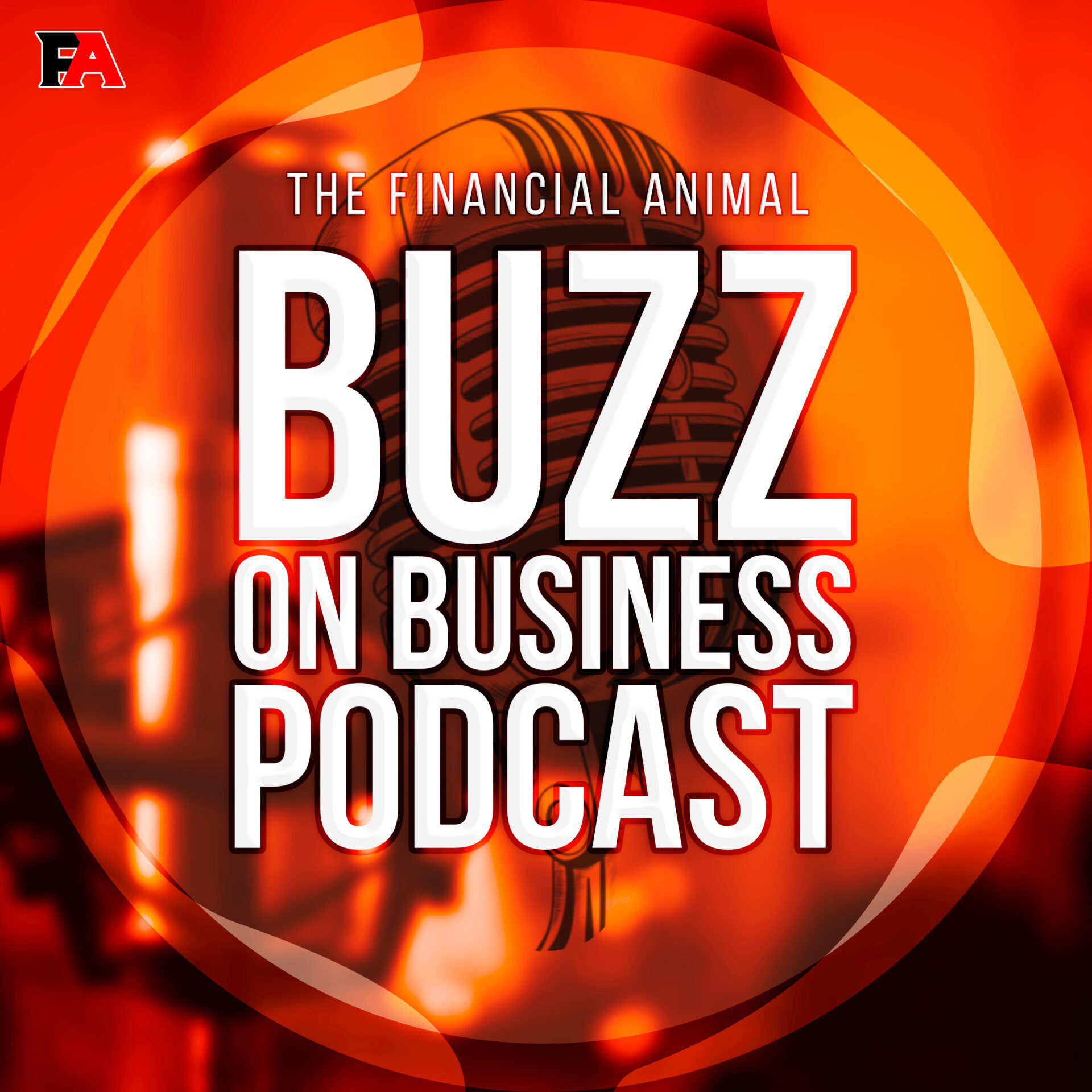
While protectionism has long been a part of the American political zeitgeist, it was President Trump who, in 2017, elevated tariffs to a central part of his economic policy. While he had the power to do so, President Biden did not remove any of Trump’s tariffs, indeed he added several of his own.
Now, candidates Trump and Vice President Harris seem to be doubling down on protectionism. Attempting to outdo each other on who will have the biggest and the best. And all of this is proposed and is done in the name of high paying US manufacturing jobs.
We believe that if your goal is to support domestic manufacturing, the very last thing you’d want to do is tax domestic consumers. In our last podcast on this topic, we offered examples from the solar panel and the automobile manufacturing industries on how tariffs not only did not create jobs but indeed cost Americans thousands upon thousands of high paying jobs.
But, from a broader perspective, it’s not clear that any policy, even a rational one, could increase manufacturing employment.
In 1948, nearly 20%, one-in-five, of all employed Americans were employed in a manufacturing job. 20%! And the percentage has fallen every single year since, regardless of whatever the economic platform of whatever party has been in office.
In 1960, 17% were employed in manufacturing, down from the 20% in 1948.
In 1970, 14%. In 1980, 12%, In 2000, at the end of the 90s boom economy, the percentage had fallen to 9.5%.
In 2017, when President Obama left office, the percentage of Americans employed in the manufacturing sector had fallen to 8.6%. Today, after nearly eight years of the most onerous tariffs in modern times, it stands at 8.2%
Could it be, that Americans just aren’t that good at making things these days? Could it be that our economy is now structured, for better or for worse, to manufacture knowledge?
In 1980, the largest corporation, by sales, in the world, in the history of the world, was General Motors, and it wasn’t close. Today it is Apple, Amazon and Walmart. None of whom manufacture anything and, in the case of Apple and Amazon, their employees make far more, when adjusted for inflation than anyone working an assembly line in Flint, Michigan, in 1955 could ever dream of.
We concede, the Trump economy was pretty good. We don’t think that, despite the narrative, that the Biden economy is half bad either. Unemployment has been at historic lows and average hourly earnings are at an all-time high. The stock market has been in rally mode for nearly two decades. And apart from a brief period during the pandemic, the economy has been growing steadily since 2009. And all of this has been achieved with a continuously, inexorably shrinking manufacturing sector.
Want to protect something? How about the American consumer? Let’s protect him.
By cutting tariffs and by encouraging free trade.
Stocks sharply opened higher, sold off throughout the day but rallied into the close to finish mixed. Volume was lower, but not by much as advancers and decliners fought to an even draw.
Interest rates continued their downward trajectory. We can’t help but wonder if this is a consequence of decreasing inflation fears or increasing fears of an economic slowdown. Two things could be true at the same time, we guess.
Nothing to report on the Economic Calendar on Tuesday. Later this morning we expect the latest inflation readings as the Consumer Price Index complex rolls out. Tomorrow, the Producer Price Index and well as Initial and Continuing Jobless Claims are expected.
JP Morgan President, Daniel Pinto, at a conference in NYC tempered earnings expectations for the next quarter. The stock sold off almost 8% as a result and led the Dow down.
It seems to us that bankers are the biggest naysayers in a world full of naysayers. Banking may be the most regulated of industries and its executives are always, always in lobby mode but to us, this claim seems crazy. Banks are indeed lenders subject to the bitter winds of falling interest rates, but they are also the biggest borrowers. Lower rates will encourage capital formation and deal making, JP Morgan specialty.
We don’t do predictions on the Buzz, but we predict: JP Morgan will be fine.